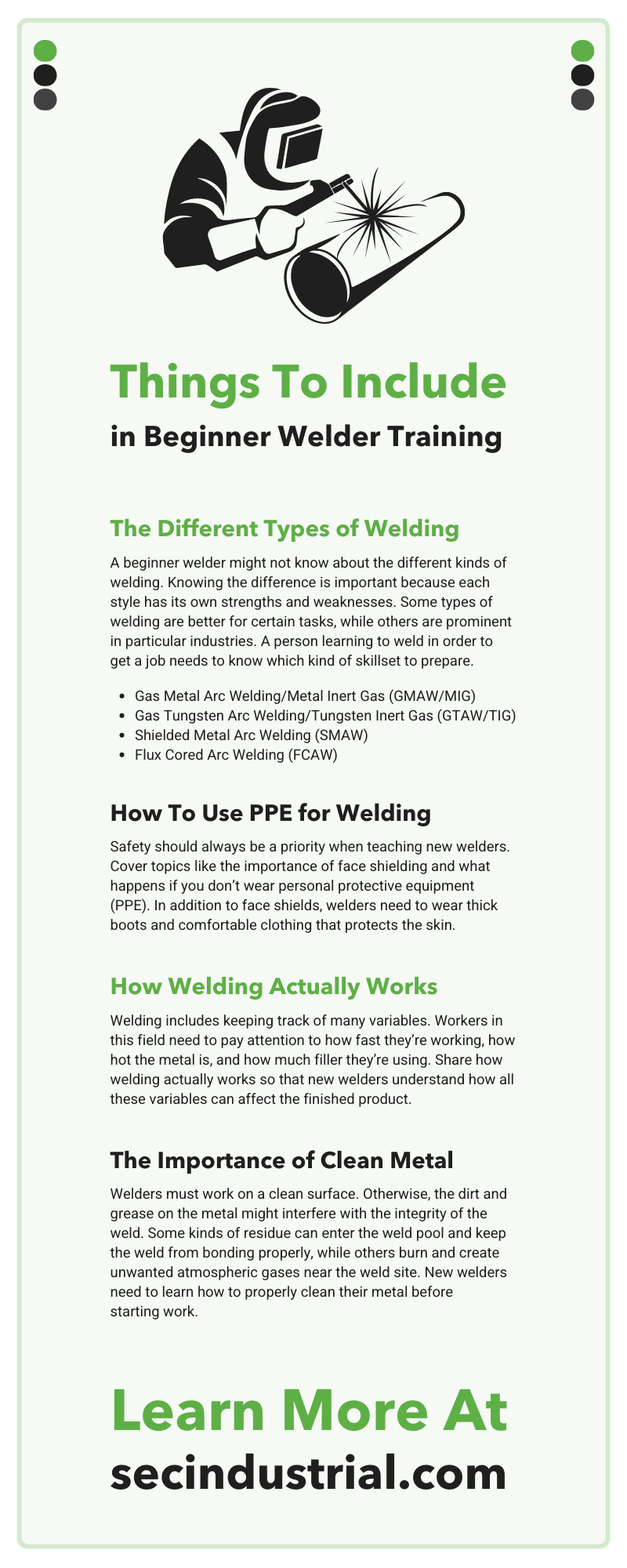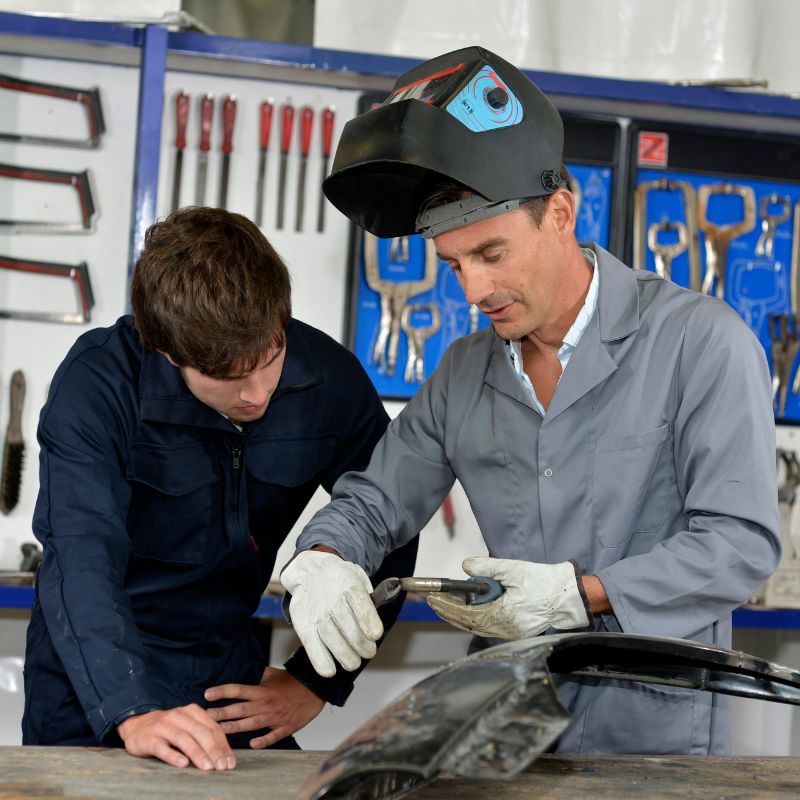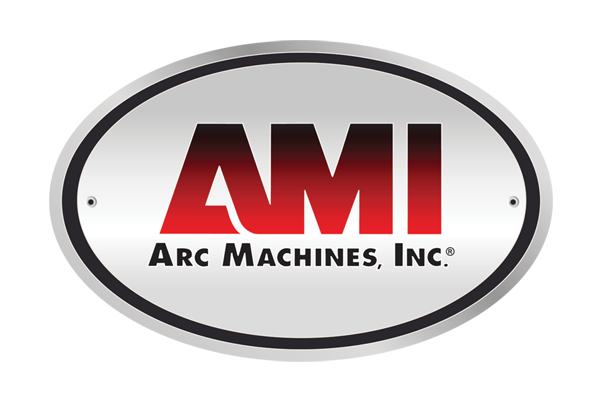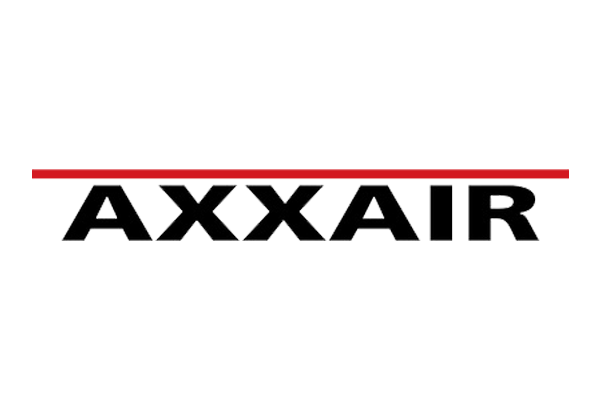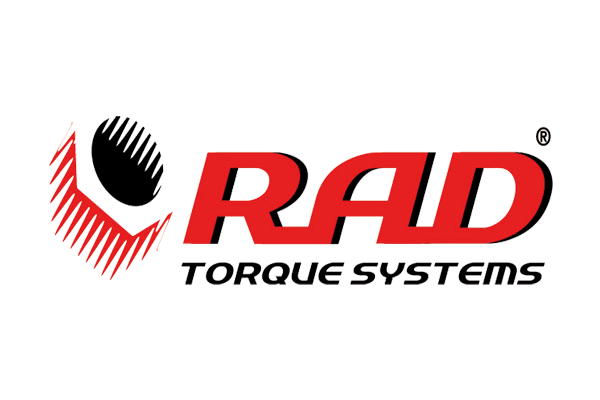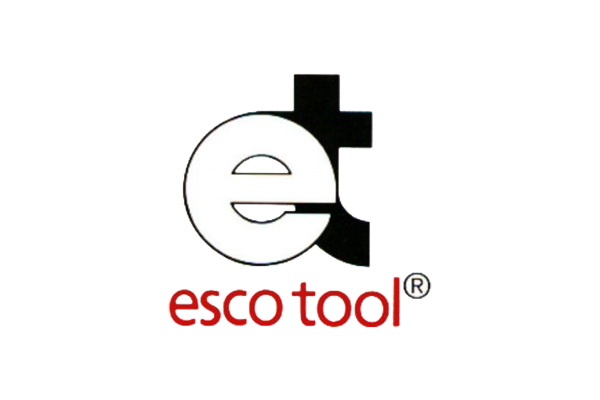10 Things To Include in Beginner Welder Training
Thanks to the Internet, there are a lot of ways to learn skills online. If you want to learn how to write a better resume or use software like Photoshop, the Internet is definitely your friend.
There are some skills you need to learn in person, like welding. It is a very technical field that requires expert assessment of things like metal temperature, welding gun distance, and travel speed. While people can learn welding concepts online, beginners need hands-on instruction to learn. Below are ten things to include in beginner welding training.
1. The Different Types of Welding
A beginner welder might not know about the different kinds of welding. Knowing the difference is important because each style has its own strengths and weaknesses. Some types of welding are better for certain tasks, while others are prominent in particular industries. A person learning to weld in order to get a job needs to know which kind of skillset to prepare.
Common Types of Welding
- Gas Metal Arc Welding/Metal Inert Gas (GMAW/MIG)
- Gas Tungsten Arc Welding/Tungsten Inert Gas (GTAW/TIG)
- Shielded Metal Arc Welding (SMAW)
- Flux Cored Arc Welding (FCAW)
2. How To Use PPE for Welding
Safety should always be a priority when teaching new welders. Cover topics like the importance of face shielding and what happens if you don’t wear personal protective equipment (PPE). In addition to face shields, welders need to wear thick boots and comfortable clothing that protects the skin. While you’re on the topic of safety, cover the importance of fire extinguishers and how to prepare a safe welding space.
3. How Welding Actually Works
Welding includes keeping track of many variables. Workers in this field need to pay attention to how fast they’re working, how hot the metal is, and how much filler they’re using. Share how welding actually works so that new welders understand how all these variables can affect the finished product. This includes discussing how close to hold the weld head to the workpiece and which types of power to use depending on the task.
4. The Importance of Clean Metal
Welders must work on a clean surface. Otherwise, the dirt and grease on the metal might interfere with the integrity of the weld. Some kinds of residue can enter the weld pool and keep the weld from bonding properly, while others burn and create unwanted atmospheric gases near the weld site. New welders need to learn how to properly clean their metal before starting work.
5. Avoiding Oxidation
Oxidation is one of the most common problems that welders—even veterans—run into. When most metals encounter oxygen, they create a strong oxide layer on their surface. While that oxide layer can protect the finished weld, it can also interfere with the welding process. New welders should learn how to use shielding gases and other techniques to avoid oxidation.
6. Avoiding Burn Through
Burn through is another problem that welders face. If your workpiece gets too hot, you might accidentally burn a hole right through the metal. Burning through is more common when working with soft or thin metals, but it’s possible on any job. Teach beginner welders how to identify the correct temperatures and handling techniques for different metals.
Discuss Thin Metals
Thin metals are especially tricky for new welders to handle. It’s a good idea to share tips for welding thin metals as a separate training category since burn through is a much higher risk.
7. Installing Consumables
Many types of welding use consumables, like filler and shielding gas, to create strong welds. However, you can end up with splatters and ugly defects if you don’t install the filler into the weld head correctly. It’s vital to tighten the weld head properly for shielding gas; otherwise, you could end up with gas leaks. Make sure to include installing consumables in beginner welding training.
8. Correct Travel Speed and Direction
It’s important to move the weld head at a certain speed while working in order to get a continuous weld bead. If you move too slowly, you risk burning through the metal. Travel too quickly, and you can end up with splatters and defects. While there’s no set speed for all welding jobs, you should guide new welders through the process of maintaining a consistent speed.
9. Welding Ergonomics
It’s no secret that welding is a labor-intensive job. It requires a high degree of endurance, both physically and mentally. One wrong move can ruin the look and integrity of your weld and create more work for you. Instruct new welders how to weld with good posture so that they can avoid long-term negative health consequences like back and neck pain. They should also learn how to choose a weld head and cable that suits their grip for reduced hand and arm stress.
10. Troubleshooting Steps
New welders often run into more problems than veterans, and they can feel frustrated when they don’t understand what they’re doing wrong. It’s helpful to give new welders a list of troubleshooting steps to take when they run into a problem so they have a higher chance of getting back on track. This can include tips like checking the amperage, reviewing the shield gas mixture, interpreting defects, and learning how to fix common welding errors.
Additional Welding Training Tips
There’s no replacement for hands-on experience. Even if a novice learns some things online, they have to practice in order to get a feel for how the metal responds to different techniques. New welders need a safe training space with good air circulation, fire prevention tools, and PPE. If you want to teach someone else how to weld, giving them access to a welding workshop is invaluable.
Finding Professional-Grade Equipment
You can find orbital pipe welding equipment for training and professional use at SEC Industrial. We carry weld heads, power supplies, cooling systems, and remote pendants to take your workshop to the next level of efficiency and quality. Make mid-cycle changes and automate your processes with our state-of-the-art welding equipment. Have questions? Don’t hesitate to contact us.
